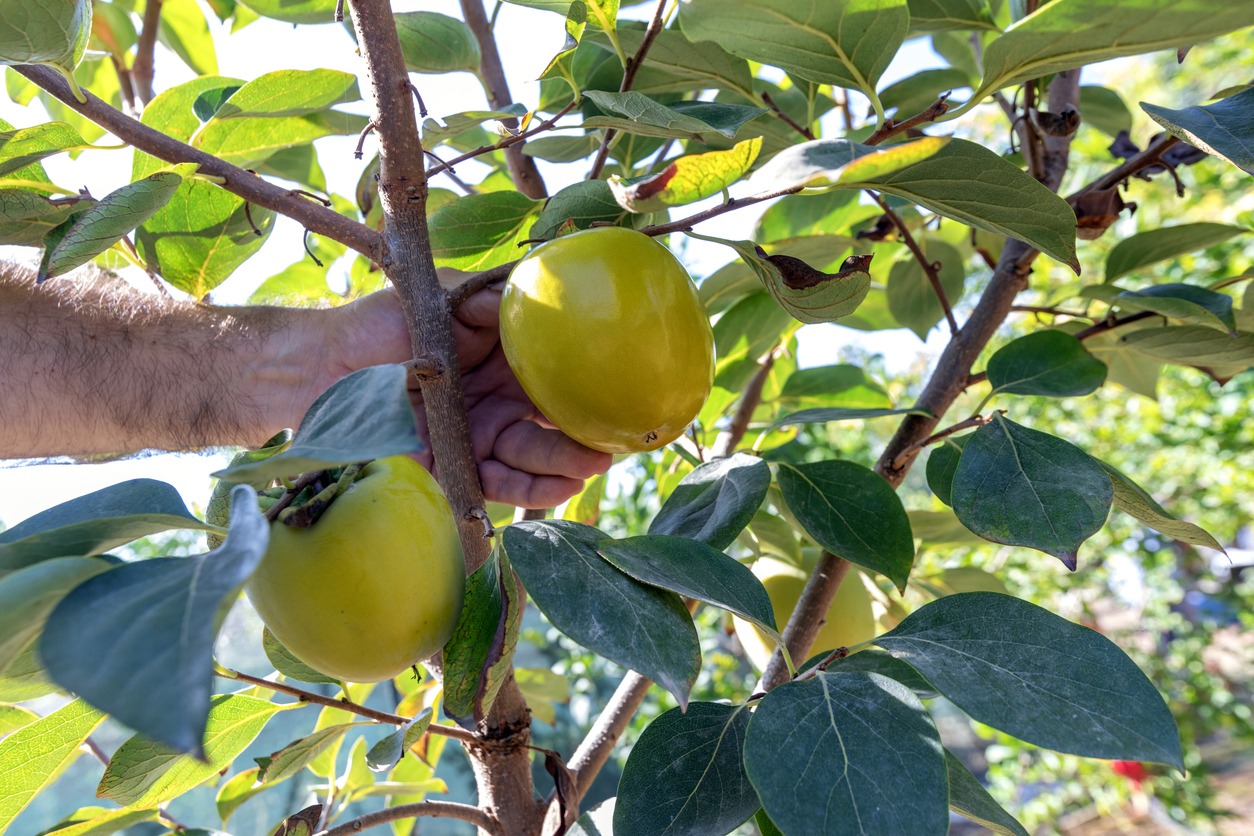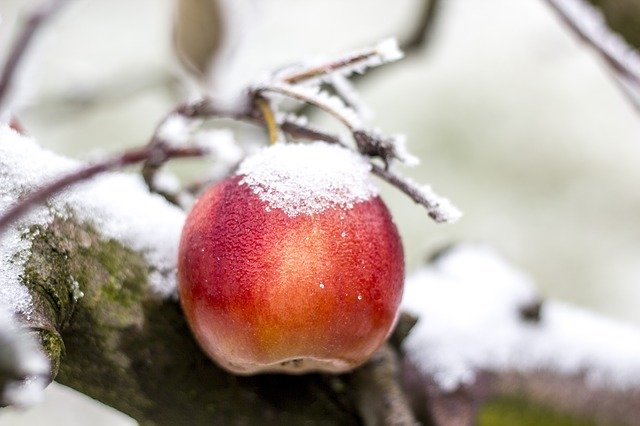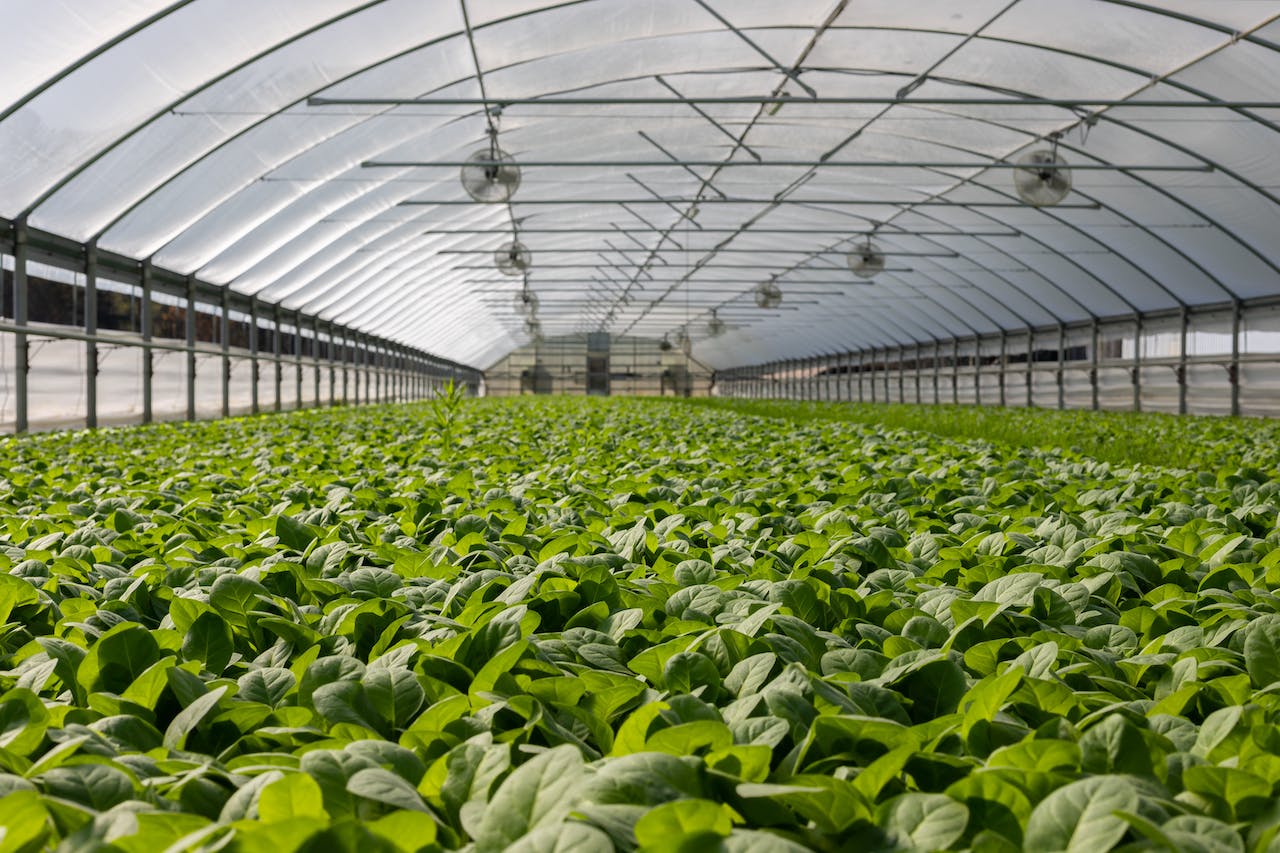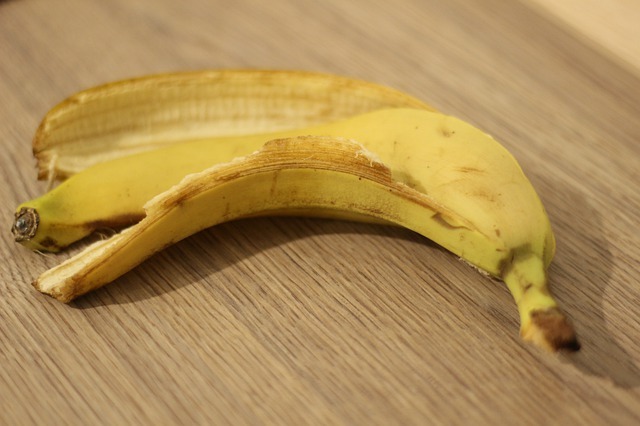Creating an Edible Landscape: Designing a Food Forest for Your Homestead

Transforming your homestead into an edible landscape is both practical and rewarding. A food forest—a diverse, layered system of edible plants that mimics natural ecosystems—allows you to grow food sustainably while fostering biodiversity and improving the health of your land. With careful planning and thoughtful execution, even beginners can create a food forest that combines beauty, productivity, and sustainability.
What is a Food Forest?
A food forest is a layered, multi-functional agricultural system modeled after natural forests. Unlike conventional gardens, which focus on single crops, food forests integrate various plant types to form a self-sustaining ecosystem. This system includes several interconnected layers:
- Canopy layer: Tall trees like fruit or nut-bearing species form the uppermost layer, providing shade and protection for the layers below.
- Understory layer: Small trees and large shrubs, such as citrus or guava, grow beneath the canopy.
- Herbaceous layer: Herbs, leafy greens, and flowering plants occupy this layer, which supports pollination and pest control.
- Ground cover layer: Low-growing plants like clover or creeping thyme spread across the soil, suppressing weeds and reducing evaporation.
- Vine layer: Climbing plants, such as grapes or beans, grow vertically, making efficient use of space.
- Root layer: Root vegetables like carrots, sweet potatoes, or garlic provide food while aerating the soil and improving its structure.
By mimicking nature, food forests maximize productivity, minimize maintenance, and create a balanced ecosystem.
Benefits of an Edible Landscape
An edible landscape offers more than just a means to grow food. It creates a functional, beautiful, and environmentally friendly space that benefits both your family and the surrounding ecosystem. Here’s why designing a food forest is worth the effort.
1. Increased Sustainability
A food forest reduces the need for chemical fertilizers and pesticides by relying on natural processes such as nutrient cycling, nitrogen fixation, and biological pest control. This self-sustaining system minimizes waste, improves resource efficiency, and helps combat climate change by sequestering carbon in the soil.
2. Improved Soil Health
Healthy soil is the foundation of a thriving food forest. Nitrogen-fixing plants, like legumes, enrich the soil by converting atmospheric nitrogen into a form that plants can use. Additionally, organic mulches and ground covers protect the soil from erosion and promote the growth of beneficial microorganisms, which improve soil structure and fertility over time.
3. Year-Round Harvest
A diverse selection of plants ensures that something is always ready to harvest. For example, fruit trees might yield in summer, while root crops can be dug up in winter. Perennial plants and staggered harvest times create a continuous cycle of abundance, reducing the need for frequent replanting.
4. Visual Appeal
Edible landscapes are as beautiful as they are functional. Vibrant herbs, colorful fruit, and flowering plants can create a garden that rivals ornamental landscapes. Incorporating native plants and strategic layering enhances the visual harmony of the design.
5. Cost Savings
Establishing a food forest involves an initial investment, but it pays off over time by reducing grocery bills and gardening expenses. Many plants, like herbs and ground covers, self-seed or propagate easily, ensuring a steady supply with minimal effort.
Assessing Your Site
Before diving into planting, it’s important to understand your homestead's unique characteristics. By thoroughly evaluating your site, you can ensure the success of your food forest and maximize its productivity.
1. Sunlight
Observe your property at different times of the day and across seasons. Identify areas that receive full sun (6-8 hours) for fruit-bearing plants, as well as shaded spots for herbs and shade-tolerant crops like ferns or spinach.
2. Soil Quality
Soil testing is essential for understanding pH, fertility, and drainage. Amend deficiencies by adding compost, lime, or sulfur as needed. Recognizing the type of soil—whether sandy, loamy, or clay—helps in selecting the right plants for the area.
3. Water Availability
Examine the natural water flow on your property. Note areas where water collects after rain and those that dry out quickly. Consider how rainwater can be captured, such as through swales or rain barrels, to ensure plants have sufficient hydration.
4. Existing Vegetation
Assess the trees, shrubs, and ground covers already growing on your property. Mature trees can serve as part of the canopy layer, while native plants often provide a foundation for biodiversity and resilience.
5. Space and Structures
Map out pathways, buildings, fences, and utilities to avoid planting too close to infrastructure. This also helps create a logical layout for your food forest, with easy access to different zones.
Selecting Suitable Plants
Choosing the right plants for your food forest is crucial for creating a balanced and thriving ecosystem. By focusing on diversity, functionality, and climate appropriateness, you can set the foundation for long-term success.
1. Native and Climate-Appropriate Species
Plants adapted to your local climate require less water, fertilizer, and maintenance. Native species also support local wildlife and are more resistant to regional pests and diseases.
2. Diverse Plant Layers
Incorporate plants across all layers for maximum productivity. For example, mango or pecan trees could form the canopy, with guava and elderberries in the understory, lavender, and basil as herbs, and strawberries as ground cover. Grapevines or hops can climb trellises, while carrots and onions occupy the root zone.
3. Functional Plants
Include plants that perform multiple roles, such as:
- Nitrogen fixers: Legumes like beans or peas enrich the soil.
- Pest deterrents: Marigolds and garlic repel harmful insects.
- Pollinator attractors: Sunflowers and echinacea draw bees and butterflies.
Designing the Layout
A thoughtful layout is key to a well-functioning food forest. Designing with plant growth patterns, sunlight, and natural features in mind ensures your space is both efficient and easy to manage.
1. Start with the Canopy
The canopy forms the foundation of your food forest. Large fruit or nut trees should be spaced according to their mature size, typically 10–20 feet apart, to prevent overcrowding. These trees provide shade and structure for the lower layers. Consider planting taller trees on the north side of your space to minimize shading for sun-loving plants.
2. Layer Strategically
Work downward from the canopy, adding understory trees, shrubs, and herbaceous plants. Position plants based on their light and water needs. For example, shade-tolerant herbs like mint and lemon balm can thrive under fruit trees, while sun-loving tomatoes and peppers might need a spot with direct sunlight.
3. Use Natural Features
Incorporate the natural contours of your land. Slopes can be terraced or used to create swales, which slow down water runoff and direct moisture to plant roots. Rocks, logs, or existing trees can be leveraged to create microclimates that retain heat and moisture.
4. Phased Implementation
Designing and planting all layers at once can feel overwhelming. Instead, build your food forest in stages. Begin with the canopy, then add understory trees and shrubs, followed by herbs, vines, and ground covers. This phased approach allows you to observe how each layer grows and adjust the design as needed.
Preparing the Soil
Healthy soil is the cornerstone of any successful garden, and food forests are no exception. Proper soil preparation ensures your plants have the nutrients and structure they need to thrive.
1. Testing and Amending
Start by testing your soil for pH, nutrients, and texture. Adjust pH levels by adding lime (to raise pH) or sulfur (to lower it). Incorporate compost, aged manure, or biochar to improve fertility and organic content.
2. Sheet Mulching
To suppress weeds and build healthy soil, try sheet mulching. Cover the ground with a layer of cardboard or newspaper to block weeds. Add layers of organic material like compost, straw, or wood chips on top. Over time, this "lasagna gardening" method enriches the soil and promotes moisture retention.
3. No-Till Practices
Avoid disturbing the soil structure by minimizing tilling. A no-till approach preserves beneficial microorganisms and reduces erosion, allowing the soil's natural ecosystem to thrive.
Water Management
Water is essential for plant health, but managing it wisely is what makes a food forest sustainable. Implementing effective water management strategies can save resources while ensuring your plants stay hydrated.
1. Rainwater Harvesting
Collect rainwater using barrels, cisterns, or other systems. Stored rainwater provides a sustainable irrigation source during dry periods and reduces dependence on municipal water.
2. Swales and Berms
Swales—shallow ditches that follow the land’s contour—slow water runoff and allow it to soak into the soil. Pair them with berms and raised mounds of earth to direct water flow toward plants with higher moisture needs.
3. Drip Irrigation
Install a drip irrigation system to deliver water directly to plant roots. This method minimizes evaporation and ensures water efficiency, especially in areas with limited rainfall.
4. Mulching
Apply organic mulch around the base of your plants to retain moisture, regulate soil temperature, and suppress weeds. Materials like straw, wood chips, or dried leaves break down over time, enriching the soil.
Planting Strategies

Planting in a food forest goes beyond simply placing seeds in the ground. Strategic planning and placement can enhance productivity, reduce maintenance, and create a harmonious ecosystem.
1. Companion Planting
Pair plants that benefit each other. For instance, beans fix nitrogen in the soil, which benefits nutrient-demanding plants like corn. Similarly, marigolds deter pests that might target tomatoes.
2. Staggered Maturity
Choose a mix of plants with varying growth rates and harvest times. Fast-growing annuals like lettuce or radishes can provide quick yields, while slower-growing perennials, such as fruit trees, establish themselves.
3. Dense Ground Covers
Covering the soil with low-growing plants like clover, creeping thyme, or sweet alyssum prevents weeds from taking over, retains moisture, and adds visual appeal to your landscape.
Maintenance and Care
Even though food forests are designed to be low-maintenance, regular care is necessary to help them reach their full potential. By keeping up with a few essential tasks, your food forest will continue to thrive year after year.
1. Pruning
Pruning ensures proper air circulation, light penetration, and overall plant health. Focus on removing dead or overcrowded branches from trees and shrubs to encourage new growth and improve fruit production.
2. Weed Control
Ground covers and mulch significantly reduce weed growth, but occasional weeding may still be needed, especially during the first few years. As your food forest matures, weeds will naturally become less of an issue.
3. Seasonal Adjustments
Adapt your care routine to the seasons. In spring, apply fresh mulch and fertilize plants. During summer, monitor irrigation needs closely. In the fall, prepare the food forest for winter by pruning and covering vulnerable plants.
Harvesting and Utilizing Produce
A well-designed food forest provides a steady supply of fresh produce, but knowing how to harvest and use it efficiently is key to making the most of your efforts. From fresh meals to preservation, there are countless ways to enjoy the fruits of your labor.
1. Efficient Harvesting
Plan your harvests to pick fruits and vegetables at their peak ripeness. Use tools like baskets or pruners to minimize damage to plants and fruit.
2. Preservation Techniques
Preserve surplus produce to enjoy throughout the year. Methods like canning, freezing, dehydrating, and fermenting extend the shelf life of your harvest and reduce food waste.
3. Sharing Abundance
If you find yourself with excess produce, consider selling it at local farmers' markets, donating it to food banks, or sharing it with neighbors. This not only builds community but also spreads the benefits of your food forest.
Conclusion
Designing a food forest transforms your homestead into a sustainable haven of beauty and abundance. By carefully selecting plants, managing water and soil, and nurturing the ecosystem, you can enjoy a thriving edible landscape for years to come. Begin your journey today, and watch your efforts yield not just food but a healthier, more vibrant environment.




